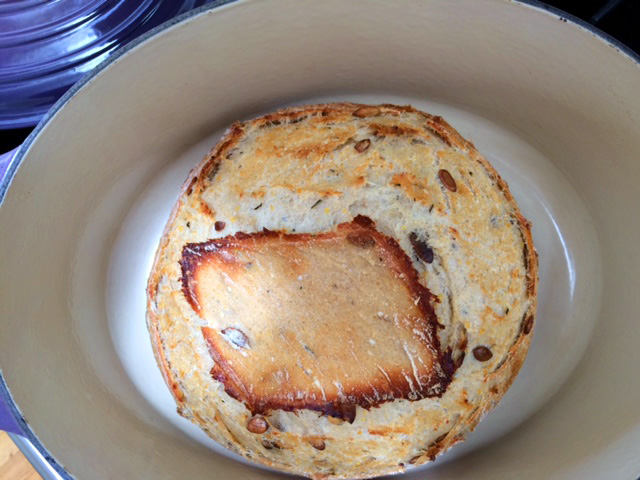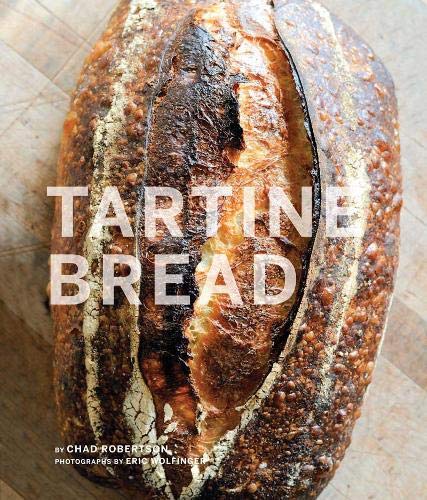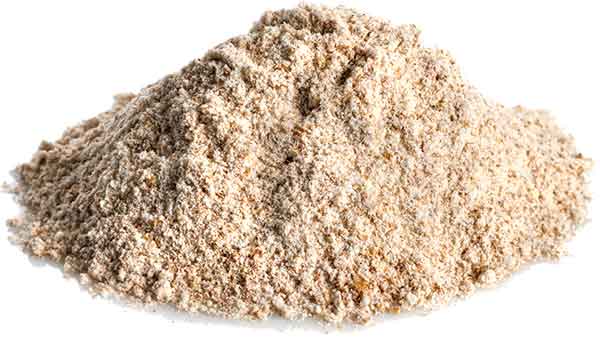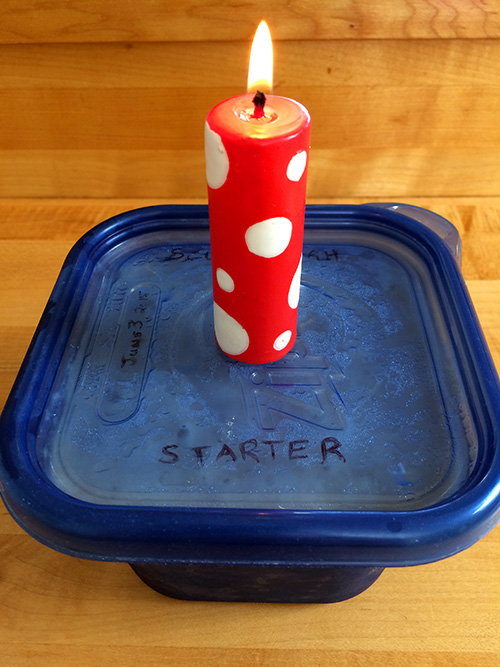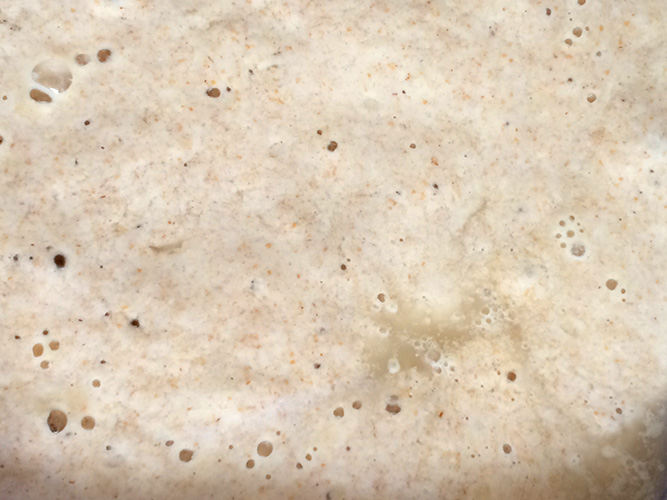A new creative avenue? A scientific endeavor? Just hungry?
I’m an artist. I paint. I like the creativity that baking and cooking provide, plus you get to eat what you make. That’s pretty cool.
I like to paint, because hours can go by and something beautiful has emerged while I didn’t even notice. When’s its on, its on. Its the same with designing and building a website, photography, knitting, building furniture, …gardening. The satisfaction is amazing.
Ceramics? Meh. No chemistry. Perhaps I shy away from the gritty clay that tears up your hands… or being wet and cold for hours. However, ceramics and bread-making share many similarities. At their heart, they’re both living mediums molded then baked, emerging as a changed structure ~ completely new and different from their origins. The life within the pre-baked form determines the end result.
Sorry ceramics. It’s not you. It’s me. At this point in life, I’m drawn to the warmth of my oven.
There’s also an intriguing science to bread-making. Only three ingredients are required, but our bodies can’t digest a mass of flour, water, and salt ~ unless that mixture is baked. With such a limited palate, shouldn’t bread be the easiest thing in the world to make? Why doesn’t it come out exactly the same (and exactly the way I want it) every time?
Plus there’s this weird, invisible yeast business.
Yeast is a living entity all around us ~ appearing powdery on red cabbage, living on our skin, and floating in the air. Even if I hadn’t added the cabbage leaves to jump-start June’s creation, there would’ve been natural yeast floating around the kitchen and getting into the flour and water mixture ~ enough to start the fermentation process. Cultivating and nurturing this living element is what intrigues me the most. That, and I’m hungry for a certain kind of bread.
I’m not ready to grow my own wheat, or harvest my own salt or anything (yet ~ ha ha).

